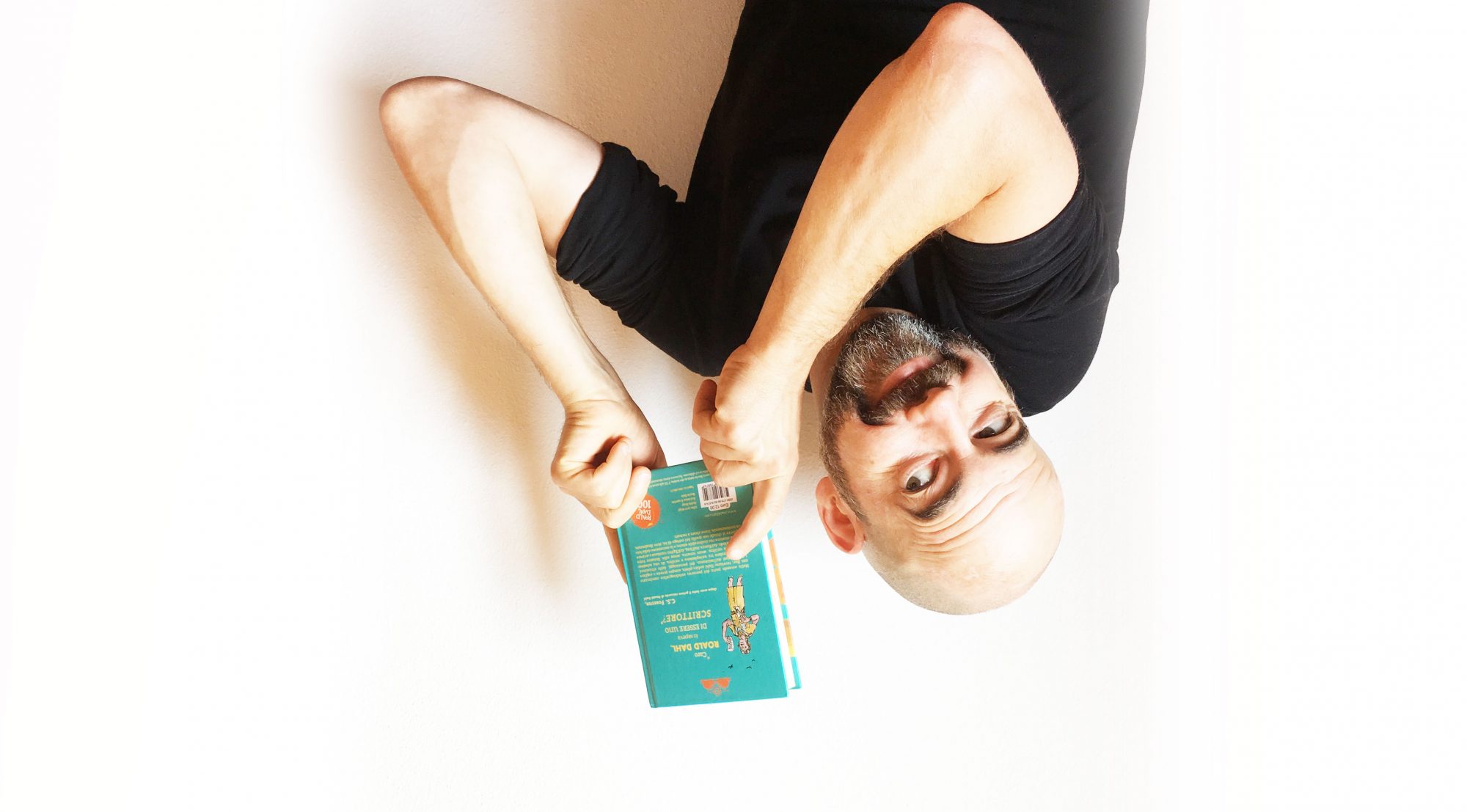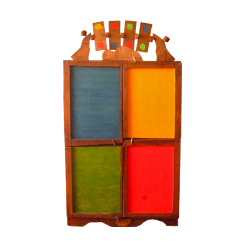In the 1920s, Modern architecture was a new field in Japan. Its May issue contained 15 articles on the architect; its June issue presented 11 more, among them translations from English-speaking critics and from the master himself. it has continued to be a popular chair for both residential and office interiors. In 1907, aged 19, he moved to the French city of Paris. After the war, Le Corbusier concentrated on his art until 1922. Immediately seizing attention with its asymmetrical stacks of protruding boxes, it has become a symbol of the future that was. Le Corbusier LC-4 Style Replica Chaise Lounge Chair Mid Century Modern Classic with Premium Black PU Leather and Stainless Steel Frame 3.9 out of 5 stars 10 $489.99 $ 489 . But none were ever replaced, and when I visited the structure on a rainy day in October 2017, the level of decay was extraordinary, with water pouring through leaks in the stairway. See all books authored by Le Corbusier, including Vers une architecture, and The City of To-morrow and Its Planning, and more on ThriftBooks.com. Le Corbusier in British English (French lə kɔrbyzje) noun. A brief description on Le Corbusier's life, design philosophies & some projects including a detailed case study. The exterior of the Inter-University Seminar House in Hachioji in Western Tokyo, designed by Takamasa Yoshizaka and completed in 1965. Architect, urban planner, visual artist, designer, writer. He also liked to paint and was skilled at designing furniture. Both houses and cities were based on a sort of modern cosmology of rather abstracted concepts His career spanned five decades, with his buildings constructed throughout Europe, India, and America. The name translates in to English as "the crowlike one". In 1925-1926, he built a workers’ city of 40 houses in the style of the Citrohan house at Pessac, near Bordeaux. ... among them translations from English … He said this transformation was needed, or a revolution could occur from the unhappy lower classes. In 2016, Unesco named the National Museum of Western Art to its World Heritage List, joining the Acropolis of Athens and the Alhambra, as well as the monuments of Nara and Kyoto, among the lasting achievements of architecture. year since the founding of the nation is a great blasphemy against the several thousand years of Japan’s artistic past. Le Corbusier (lə kôrbüzyā`), pseud. Le corbusier definition, Swiss architect in France. Le Corbusier, Mies van der Rohe, Frank Lloyd Wright, and Louis Kahn are four of the most notable architects to date. Jeanneret adopted the name Le Corbusier in the early 1920's. Uu German me bhi baat kare ssakat rahaa aur kuchh famous architects ke ssathe kaam karis. Maekawa’s Tokyo Metropolitan Festival Hall, which opened in 1961 and faces Le Corbusier’s museum. Definition of le corbusier in the Definitions.net dictionary. English: Le Corbusier was a Swiss-French architect. But there is something instructive in the fact that, in the 20th century, Modern architects — from Bruno Taut and Frank Lloyd Wright to Walter Gropius — toured Japan and discovered, or so they thought, the antecedents of Modern architecture. Paperback $55.32 $ 55. The story is not well known. What does le corbusier mean? He introduced an idea of building a residence with just some slabs, columns, and, stairs. Charles-Édouard Jeanneret, better known as Le Corbusier (French pronunciation: [lə kɔʁbyzje]; October 6, 1887 – August 27, 1965), was an architect, designer, urbanist,and writer, famous for being one of the pioneers of what is now called modern architecture.He was born in Switzerland and became a French citizen in 1930. Français : Le Corbusier était un architecte Franco-Suisse du Mouvement Moderne. He travelled across Europe, and learned a lot of new ideas. This type of low-density housing was to deal with the problem of over-crowding in Paris. The early results of this encounter suggest the innovations and dissonances that still characterize Japanese attempts to fashion a “Japanese” architecture, well into the country’s current moment of national self-assertion and anxiety. He was a prolific designer, painter and urban planner counted among the primitive modern-day architectures. What does le corbusier mean? Le Corbusier published Le Modulor in 1948, followed by Modulor 2 in 1955. FREE Shipping. Le Corbusier's colour palette of 1931 and 1959 features 63 architectural shades and impresses with extraordinary radiance, brilliance and depth. Le Corbusier began to dislike capitalism, and said that people's house size should depend on the size of their family, and not by how rich they were. The austerity of its presentation hides special, humanizing characteristics in its interior such as a characteristically Corbusian ramp that ascends to the second-floor gallery space. Popular mentions. Definition of le corbusier in the Definitions.net dictionary. He chose this name in 1920. Le Modulor and Modulor 2 [ENGLISH EDITION] by Le Corbusier | Feb 14, 2000. But most of the country’s Modernism can be traced back to him — and the struggle to place his ideas into Japanese identity. In 1953, Kokusai Kenchiku once again hosted a debate: “Nationalism vs. Internationalism.” The erstwhile Corbusians, Maekawa and Sakakura, were part of it, as was the emerging genius Kenzo Tange, Maekawa’s former employee. By the time he received the commission for the National Museum of Western Art, Le Corbusier’s aesthetic was already mature, and the record is mostly silent on his reaction to Japanese architecture. It is a different version of his grandmother's surname, Lecorbésier. The west exit of Shinjuku Station in Tokyo, designed by Junzo Sakakura, who trained with Le Corbusier in Paris. Adopting the moniker of “Metabolism” in a manifesto, Tange and his associates began imagining ever larger megastructures, and in Le Corbusier’s spirit — but well exceeding him in ambition — they conceived of a future Japan consisting of cities in the sea and the clouds. Died: August 27, 1965 (aged 77), Roquebrune-Cap-Martin, France Le Corbusier (born October 6, 1887, in La Chaux de Fonds, Switzerland) pioneered European modernism in architecture and laid the foundation for what became the Bauhaus Movement in Germany and the International Style in the US. Charles-Édouard Jeanneret-Gris, better known as Le Corbusier (1887 – 1965), was an architect, designer, painter, urban planner, writer and one of the pioneers of what is now called modern architecture. It makes sense, then, that one of his major works would stand across from Le Corbusier’s building, as if in dialogue with it. real name Charles Édouard Jeanneret. It was sponsored by his friend, the avante garde aircraft and automobile builder Gabriel Voisin, whose cutting-edge design aesthetic Le Corbusier admired.The project is one of Le Corbusier's most well known. The Tokyo home of Kunio Maekawa, one of Le Corbusier’s Japanese disciples. 1887–1965, French architect and town planner , born... | Meaning, pronunciation, translations and examples He is noted for his use of reinforced concrete and for his modular system, which used units of a standard size. Bound up in Taniguchi’s response are the deep contradictions that would characterize much of Japanese Modernism in the years to come: the desire to embrace what was globally seen as modernity in architecture, while also retaining a sense of what were widely seen, nationally but also vaguely, as gestures that exuded “Japaneseness,” or that were typically “Japanese,” such as the use of traditional wooden-beam structures, or the inclusion of pitched roofs. These three things can produce any kind of residence, for any class of people. In Japan, they all assumed a position of pre-eminence, their own acolytes cementing the hegemony of Modernism over other forms of Japanese architecture. Español: Le Corbusier era un arquitecto Franco-Suizo. Corseaux L'Immeuble Clarté, Geneva. The present volume is an unabridged English translation of the 13th French edition of that historic manifesto, in which Le Corbusier expounded his technical and aesthetic theories, views on industry, economics, relation of form to function, the "mass-production spirit," and much else. His career spanned five decades with buildings constructed throughout the world. 1887-1965. After this, he began designing apartments that could be stacked on top of each other, to house people and meet their needs. JAPANESE ANXIETY OVER modernity is a cliché of cultural studies, and the fact that Japan in the Meiji period — roughly 1868 to 1912 — resembled Western Europe in this regard is too facile an explanation for its various forms of Modernism: There is simply no comparison between France or England and a country as isolated as Japan experiencing the onrush of capitalist industrialization. Arata Isozaki, once of their company, designed buildings that gestured to Japanese heritage in a different way: They called to mind images of bombed-out ruins from World War II. He learned to speak German and worked with famous architects, such as Peter Behrens. They combined their ideas to create a new type of art called Purism. The interior gives similarly equivocal clues. His obsession with the industrial, such as urban plans that featured the automobile, made him one of the pioneers of modern architectural history. It was built with the intention of housing Japan’s chronically busy “salarymen” during their weekdays at work. 32 $70.00 $70.00. The architect's reflections come to life, creation appears in its nascent state. Dissonance was built into the project from the outset. Publication. It is a sign of how aggressively the country seized upon the idea of modernity that its earliest Modernist buildings, once symbols of a fierce debate over what the recovering country should look like, are now among its most serene structures. They had trained with Le Corbusier in Paris, and they were early exponents of his ideas. Plan Voisin was a planned redevelopment of central Paris designed by French Swiss architect Le Corbusier in 1925. Cookies help us deliver our services. Each cramped, podlike capsule, outfitted with the barest of then-up-to-date bachelor necessities (such as a reel-to-reel tape player), was meant to be replaceable. Le Corbusier, La Chaux-de-Fonds, jon ki north Switzerland ke ek chhotaa town hae me paida bhaes rahaa. His obsession with the industrial, such as urban plans that featured the automobile, made him one of the pioneers of modern architectural history. He was way ahead of his time and designed buildings that were adapted both to the residents and to the environs. He presented this plan to the French government, who refused it. Looking for books by Le Corbusier? Le Corbusier, byname of Charles-Édouard Jeanneret, (born October 6, 1887, La Chaux-de-Fonds, Switzerland—died August 27, 1965, Cap Martin, France), internationally influential Swiss architect and city planner, whose designs combine the functionalism of the modern movement with a bold, sculptural expressionism.
Frasi Fiori Canzoni, L'incarico Che Si Svolge Lavorando, Frasi Latine Sulla Forza, Libero Prima Pagina, Prezzo Kerosene Avio 2019 Italia, Traduttore Italiano Francese Ottimo, 267 2000 Pdf, Cassandra Pronostici Serie A,

